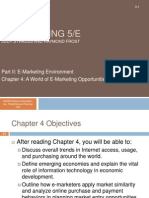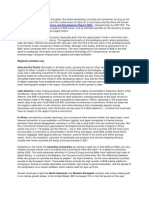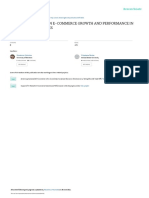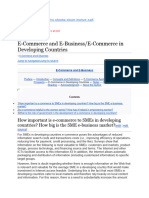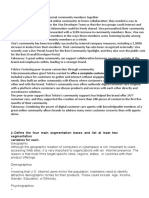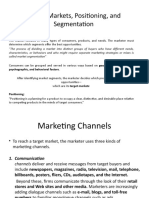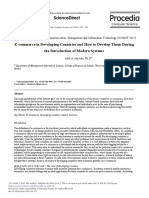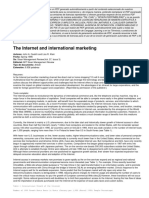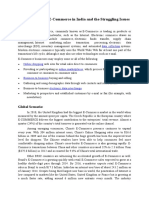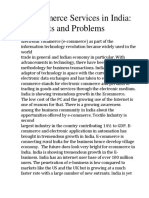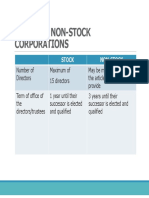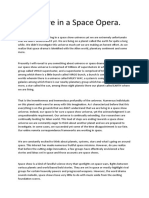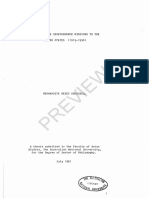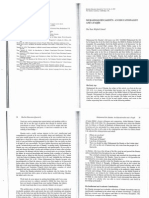0% found this document useful (0 votes)
51 views25 pagesTopic 3 Lecture Notes
The document discusses global e-marketing trends and opportunities. It outlines how factors like internet access, economic development, payment options, and attitudes influence e-marketing strategy in different markets. Emerging economies like those in the BRIC nations present growth opportunities but also challenges in areas such as credit card availability and building consumer trust in online transactions. E-marketers must tailor their approach based on a country's technological capabilities and levels of computer/mobile access.
Uploaded by
FiLo R BrowneCopyright
© © All Rights Reserved
We take content rights seriously. If you suspect this is your content, claim it here.
Available Formats
Download as PPTX, PDF, TXT or read online on Scribd
0% found this document useful (0 votes)
51 views25 pagesTopic 3 Lecture Notes
The document discusses global e-marketing trends and opportunities. It outlines how factors like internet access, economic development, payment options, and attitudes influence e-marketing strategy in different markets. Emerging economies like those in the BRIC nations present growth opportunities but also challenges in areas such as credit card availability and building consumer trust in online transactions. E-marketers must tailor their approach based on a country's technological capabilities and levels of computer/mobile access.
Uploaded by
FiLo R BrowneCopyright
© © All Rights Reserved
We take content rights seriously. If you suspect this is your content, claim it here.
Available Formats
Download as PPTX, PDF, TXT or read online on Scribd
/ 25



